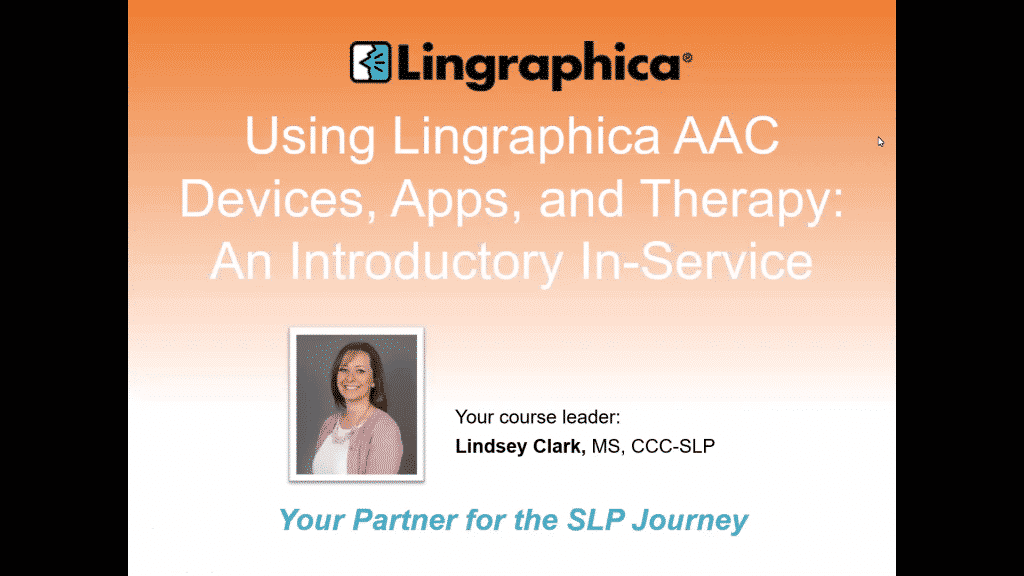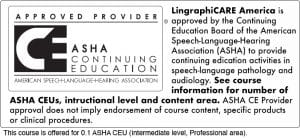 In our course on the ten principles of Neuroplasticity, Speech Language Pathologists (SLPs) will see an introductory overview of the ten basic principles of neuroplasticity. We’ll explore key aspects, including:
In our course on the ten principles of Neuroplasticity, Speech Language Pathologists (SLPs) will see an introductory overview of the ten basic principles of neuroplasticity. We’ll explore key aspects, including:
-
- identifying and explaining each of the ten principles
- explaining how to use the principles in association with specific therapeutic techniques
- incorporating principles of neuroplasticity into the best practices for speech-generating device use
Lingraphica’s introductory course “Leveraging the 10 Principles of Neuroplasticity in AAC Device Training” provides a basic overview of the ten core principles. We’ll briefly describe what neuroplasticity is, and delve deeper into why we consider the importance of neuroplasticity in SGD training. We’ll provide examples of each principle, including “use it or lose it.” In the context of neuroplsticity, this means that failure to drive specific brain functions can lead to functional degradation. We’ll explore ways to avoid this during treatment, including ways that a Lingraphica SGD supports driving specific brain function and avoiding degradation.
We’ll also address salience and the importance of including activities and covering topics that are relevant and important to the client. In order to induce plasticity in the brain, the training experience must be sufficiently salient. This ties into the Life Participation Approach to Aphasia (LPAA) technique, as it puts the client’s interests and the center of their treatment.
This course also includes training tips from some of our on-staff clinicians. Incorporating a communication device into treatment can be challenging for both the SLP and the person with aphasia. Some tips for easing this transition include: stay in communication mode, start at an appropriate level for your client, and use the device in an everyday environment.

Finally, we’ll discuss how to best create a plan for each individual client. By identifying the most important principles to address for each client specifically, SLPs can create a tailored approach to treatment for each client they see. We’ll finish with a discussion about goal writing and how to support PWAs in identifying both short- and long-term goals for themselves.We’ll also consider the caregiver as a key person in the treatment plan, and walk through how to incorporate caregiver goals as well.
Leveraging the 10 Principles of Neuroplasticity in AAC Device Training
To learn more about the ten basic principles of neuroplasticity, watch our free CE course,
“Leveraging the 10 Principles of Neuroplasticity in AAC Device Training.”




